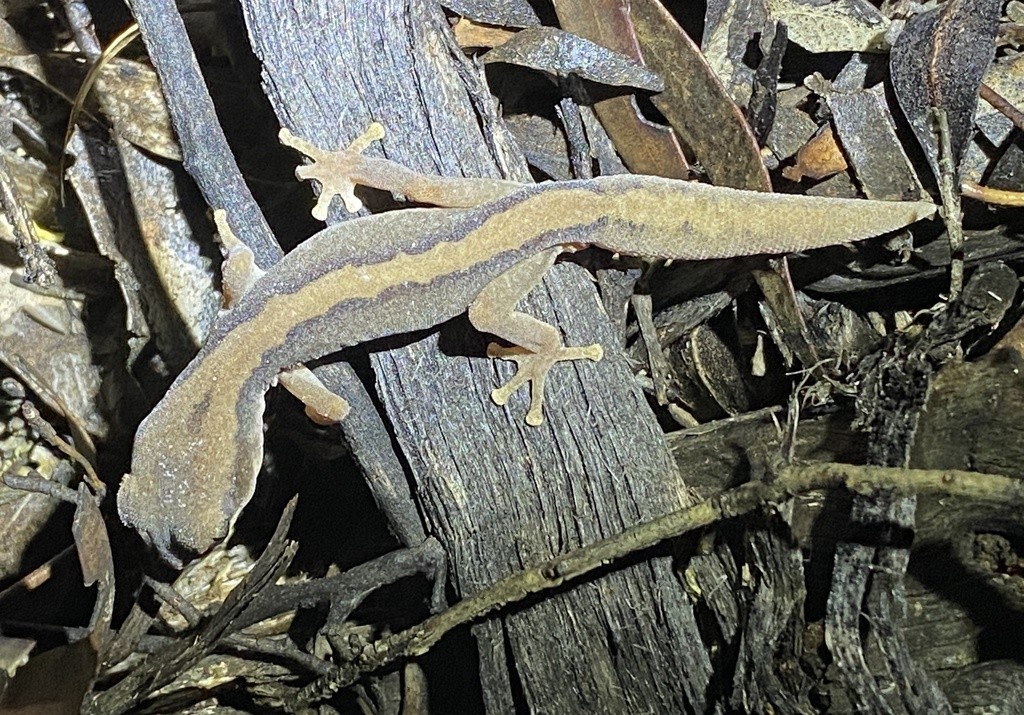Giant stone gecko
A species of Australian ground and stone geckos, Also known as Wheat-belt stone gecko Scientific name : Diplodactylus granariensis Genus : Australian ground and stone geckos
Giant stone gecko, A species of Australian ground and stone geckos
Also known as:
Wheat-belt stone gecko
Scientific name: Diplodactylus granariensis
Genus: Australian ground and stone geckos
Content
Description General Info
Description
Diplodactylus granariensis, sometimes called the western stone gecko, wheat-belt stone gecko, or the giant stone gecko, is a gecko endemic to Australia.
General Info
Lifespan
5-8 years
Diet
Giant stone gecko is largely insectivorous, feeding primarily on small arthropods. This particular species shows a preference for soft-bodied larvae and spiders, placing emphasis on freshness and mobility of its prey.
Appearance
Giant stone gecko is a medium-sized gecko with a plump, cylindrical body and granulose, grainy skin texture. Its main coloration is a blend of cream and tan with darker brown eye patches. The males have larger, broader heads compared to females. Giant stone gecko lacks obvious frills or crests. Its legs taper into thin toes with adhesive pads to assist in climbing.
Behavior
Giant stone gecko is predominantly nocturnal, emerging at dusk to forage for small invertebrates. It uses intricate burrowing techniques for both nesting and predator evasion. Typically solitary, this species displays territoriality with scent marking and physical displays during mating season. Survival in its arid habitat often involves prolonged periods of inactivity, effectively a form of hibernation.
Population
Stable
Scientific Classification
Phylum
Chordates Class
Reptiles Order
Lizards and snakes Family
Australasian geckos Species
Giant stone gecko 